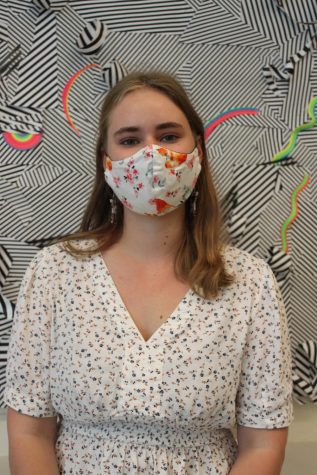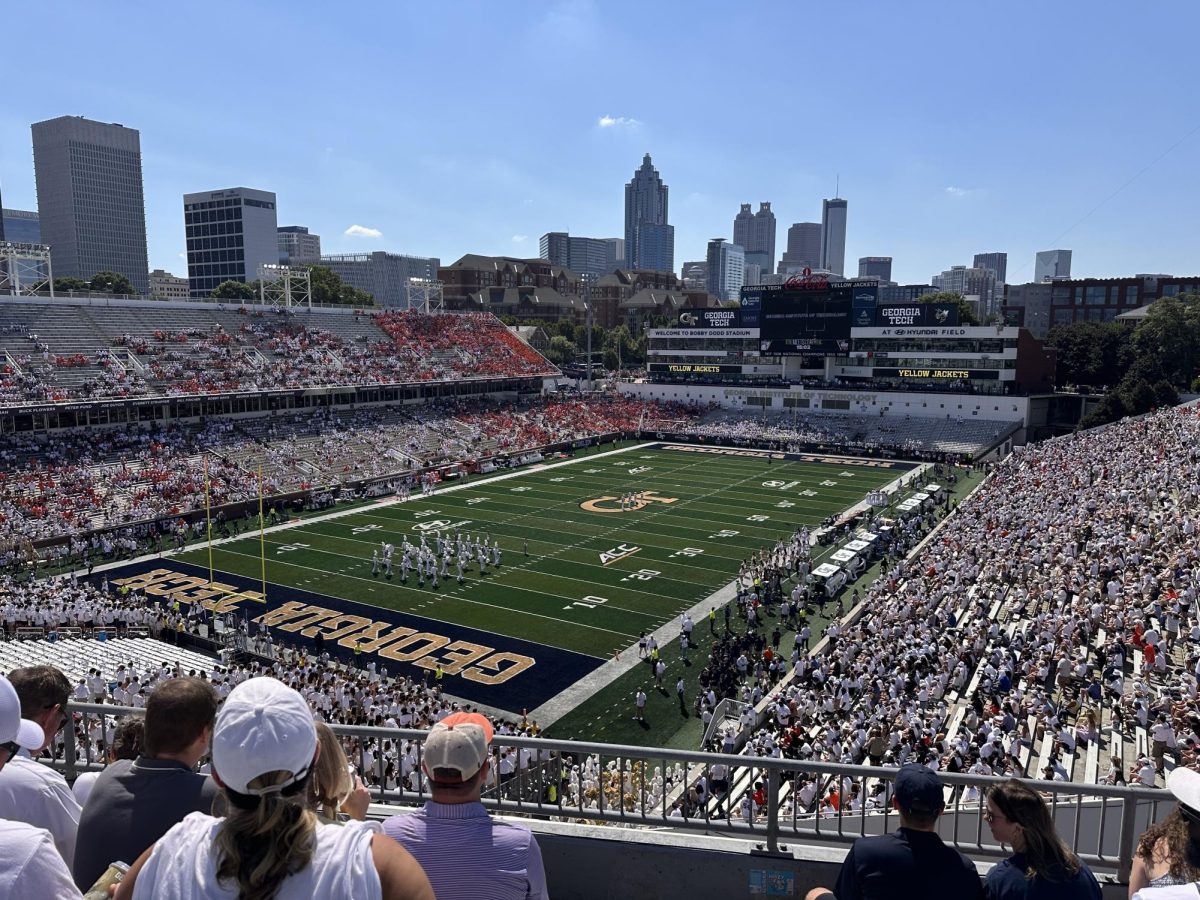The Empty Classroom: Teachers Reflect on Their Return to Chamblee
March 10, 2021
“The building feels like a ghost town. I know people are here, but I don’t see many people, and I don’t feel safe enough to socialize like normal,” said Ginger Eberhard, one of Chamblee’s German teachers who returned to campus at the start of February.
Starting at the beginning of January, Chamblee High has been open for administration and teachers to return. After up to two months of being back on campus, many teachers expressed a sense of relief being back in the classroom, while others felt a sense of worry and stress around their safety and workload.
The COVID-19 pandemic is over a year old, yet this semester was the first time any teachers returned to Chamblee’s campus full time. A vital step of the return is following CDC guidelines to ensure that the staff stays healthy and the building can remain open.
The teachers who have returned believe that Chamblee’s staff truly respects each other and the distancing rules.
“All staff that I have come into contact with are very respectful of the distancing and wearing of masks. We all know how dire this situation is. The staff at Chamblee genuinely love one another and don’t want to see harm to come to a single person,” said Eberhard.
Teachers note the building as quiet, but they feel glad to be able to have some normalcy, such as eating outside with their coworkers.
“I have felt safe, I can’t speak much for anyone else. It is very quiet; I don’t see anyone. I have had lunch outside with Ms. Nguyen sitting very far apart at the picnic tables,” sid Kimberly Landers, one of Chamblee’s art teachers.
Other teachers noted worries from correct mask-wearing, particularly covering the nose with a mask.
“There are a few instances where I think people have just gotten too comfortable, and we’ll still also see a few individuals with their masks just below their nose. They’re not properly wearing masks. But for the most part, we’re all doing what we’re supposed to be doing. [It’s] also like we are all adults in this pandemic. Why isn’t your nose covered? Don’t put me at risk,” said a teacher who wished to remain anonymous.
After a year of being empty, most teachers call the campus itself an eerie place to be. Seeing other staff members around and at the front desk is said to help with this feeling.
“[It’s] creepy—not creepy like it is alone at night—but it’s a different vibe because […] you get this feeling when you walk in the halls like, ‘Are you supposed to be here right now?’ […] One thing that has helped is seeing people consistently at the front desk,” said the anonymous teacher.
As most of the building is classrooms, having clean and safe classrooms has become a top priority for most teachers upon return. Many teachers have been purchasing air purification devices out of their own pockets and building barriers around their desks in order to allow other teachers to be in the room with them and to prepare for students’ return.
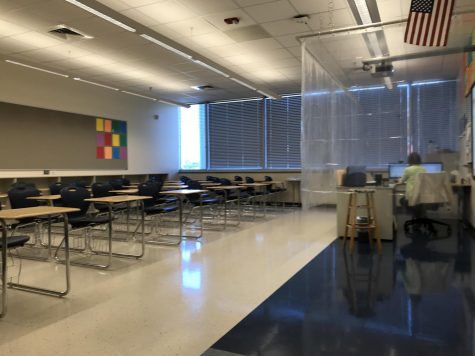
“I have made major changes to my room, all with the safety of students and myself in mind. I have a HEPA air purifier running in the back of my room, I made a ‘bubble’ around my desk with plexiglass, and I have a disinfecting station as you enter my room,” said Eberhard.
A global theme of the pandemic has been the change in workload and productivity as at-home work and school became the norm. Teachers like Landers have found that the return to campus has hurt their productivity, both by drawing a line between work and home but also by adding more to their workload.
“I am definitely less productive. Once I leave school, I am not working anymore. Well, I’ve been really busy getting my classroom ready since I never finished moving last year,” said Landers, who moved from the Fine Arts building into the main building in the spring of 2020. “I’m behind on grades because I am frantically trying to finish organizing things, to bring more things up from the old room, and to purge. Once that is all done, I know that it is going to take a lot more work to teach virtual and in-person at the same time, and to manage and clean the tables and chairs and art supplies between classes.”
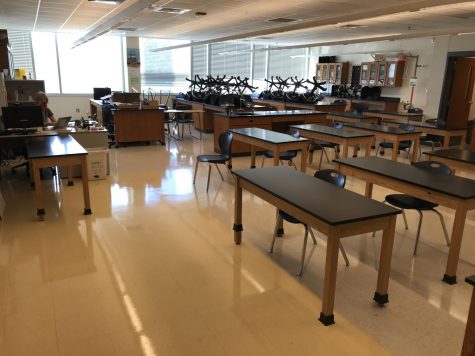
Other teachers feel that their productivity is not reliant on their environment but more so on the schedule and work.
“Getting used to working at home was a challenge because of pets and for those with children. In the fall, the schedule kind of was a little wonky and was changing based on our students’ needs, so productivity changed because of a schedule change. I don’t think productivity changed because of the environment,” said the anonymous teacher. “I will say that being in the building I do feel more focused because […] dogs aren’t barking every two seconds and you know little children aren’t running around. Yes, it absolutely helps, but not to the point where I would say productivity has increased 80% […] It’s just a different vibe.”
Productivity isn’t linear though, and given a year of the pandemic burnout has arrived regardless of where the work is being done.
“My productivity ebbs and flows just like it used to. […] I will say, this year has ‘aged’ me at least five years. I feel the burnout coming earlier this year than it ever has in my 24 years of teaching. I’m usually ready to be done with school around the first of May. This year, I’ve felt that since mid-February,” said Eberhard.
Being back in the building doesn’t necessarily fix the year of isolation many have faced. Returning to an empty classroom has many teachers feeling alone.

“It has been very isolating. After being home with my family for 10 months, [it is hard] to go back to an empty room. But, I understand it was a necessary step in getting students back into the classrooms; the teachers had to be comfortable first. I am still wearing my mask all day long, even in my room by myself,” said Landers.
With the large push seen in the last few months around Atlanta for both teachers and students to return, many teachers have been working hard to get vaccinated. Now that teachers are back full-time for the most part, and have been for the past month, vaccines are more vital than ever.
Some teachers qualified here in Georgia in the first round of vaccinations under qualifications such as age and medical status, and are therefore fully vaccinated. Earlier this month, teachers across the state were given access vaccines, but not before many had already begun the vaccination process by driving to Alabama for their shots. Alabama had no residency requirements for teachers to get vaccines.
“I did get my first dose of vaccine in Alabama,” said Landers. “I got wind of the fact that teachers were in the first phase there and that they did not require residency. Now that Georgia has been embarrassed by the fact that their educators were traveling out of state to get the vaccine, they have opened that up for teachers starting next week. I am hoping I can get my second dose in Georgia. I hope everyone will get vaccinated, and it would be great if we made it this long and could wait until all teachers can get vaccinated.”
Yet when vaccines opened for teachers, appointments were initially difficult to come by.
“After hours of searching and calling and online searching, I was able to get myself vaccinated. I wasn’t going to wait around for the governor to okay teachers and then trust DeKalb County with actually getting those vaccines into my arm,” said Eberhard.
Many teachers found Georgia’s vaccine groups to be quite frustrating. With the push to return to in-person teaching, teachers being in Class 1B instead of Class 1A for vaccination purposes meant that they were still unable to get the vaccine, unlike many other front-line workers.
“I think we should have been included with first responders. Educators, in general, should have been in group 1A particularly with this push of back-to-school instruction. I think it’s incredibly hypocritical of our government to say that school should be open and to follow CDC guidelines, but yet […] their policy doesn’t match their words,” said the anonymous teacher. “One of the things on social media that I’ve been seeing is ‘policy is our love language’ meaning if you want us to be happy you need to have policies that will make it safe. I absolutely believe that teachers should have been in the same category as firefighters, as police officers, and as other first responders. I mean, yes, there’s a limited supply, but I think that we should have been higher up particularly with this really ugly push from certain members of the DeKalb County community that school should be reopened.”
Many teachers fear for their own safety and health being back in a classroom with students starting on March 9. Even if teachers are vaccinated or distanced, they worry about being carriers for their students or families.
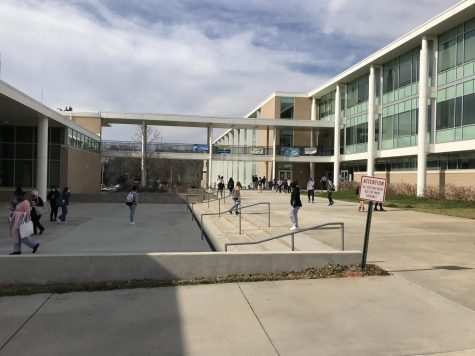
“I am worried not for myself, but for my students, particularly students who live in multi-generational homes and for students who have other responsibilities, whether it’s child care or working. This pandemic has not been kind to those students,” said the anonymous teacher. “DeKalb has said compassion over compliance, and I have tried to exemplify that, but it’s also that you cannot, as a teacher and as a human, pour from an empty cup.”


